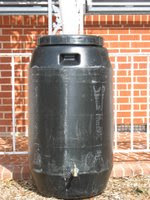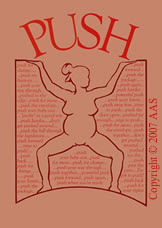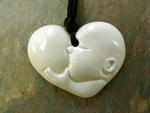In late September of this year, researchers in the US dropped a bombshell onto the cozy world of obstetrics.
After analyzing the records of nearly six million births, they advised that mothers should think twice before choosing a caesarean section (CS) over a natural birth.
Quite simply, an artificial surgical delivery could be putting the life of the newborn at risk. What the stark American statistics revealed was that caesarean babies are almost three times more likely to die within their first month of life than naturally delivered babies (Birth, 2006; 33: 175).
The article continues here in C-section Aftershocks by WDDTY What Doctors Don't Tell You, a UK site. On the right side of the page on the WDDTY site are numerous articles about cesareans.Towards the end of the article is this bit of research comparing the safety of breech birth and cesarean.
The most common emergency situation is with so-called breech births—where the baby has its bottom facing the birth canal rather than being head downwards. In the days before anesthesia and surgery, all manner of complex devices were invented to extract the baby from this difficult position—one that is potentially dangerous to both the mother and infant. Some doctors have also attempted to solve the problem by developing techniques of turning the baby in the womb from the outside. More recently, the trend in these cases has been to perform a CS rather than risk a natural delivery.
But here again, this issue has divided the world of obstetrics, with some arguing passionately that CS is not necessarily the safer option for breech-presenting babies.
In an effort to resolve the controversy, Canadian researchers set up a huge international trial, involving over 2000 breech births in 121 maternity units around the world. Roughly half of the babies were delivered naturally, with the other half by CS. Although the absolute risks to the infants were relatively small in both cases, the differences appeared to be clear-cut: whereas 1.6 per cent of the breech babies either died or were damaged by the CS operation, that figure leapt to 5 per cent for those born without it. In both scenarios, the mothers fared equally well (Lancet, 2000; 356: 1375–83).






No comments:
Post a Comment